There's a unique thrill that comes with riding a motorcycle. It's the open air, the connection to the road, and the freedom of movement that draws so many of us to two wheels. Whether you're just starting to dream about your first ride, or you've got thousands of kilometres under your belt, the journey of motorcycling is one of continuous learning.
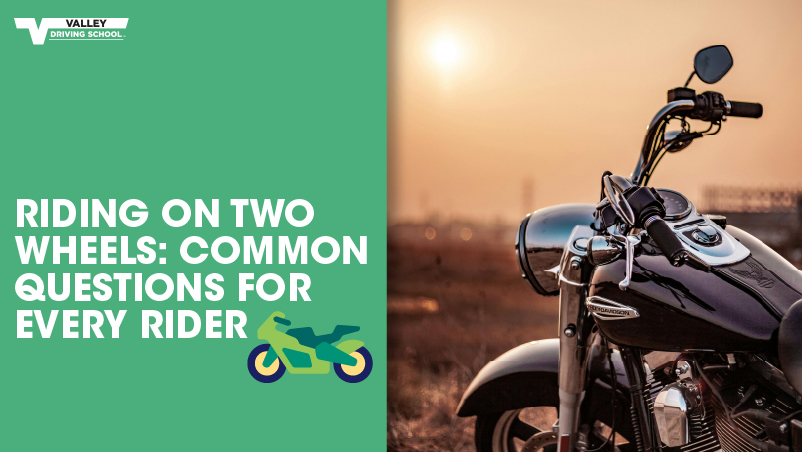
Every rider, at every stage, has questions. From choosing the right gear to mastering advanced techniques, there's always something new to learn or a skill to refine. That's why we've put together this collection of common questions, offering practical and straightforward answers to help you ride more confidently and safely. We're here to share some general riding wisdom to help you navigate the joys and challenges of life on a motorcycle.
Getting Started: Questions from New Riders
What's the first step to becoming a rider?
The first step in becoming a rider is getting your learner’s licence from ICBC. This is done by successfully completing a knowledge test; after studying and practicing! Then it’s time to saddle up - enrol in a motorcycle training program to get the best start. In British Columbia, an ICBC approved course will teach you the basics safely and correctly. These courses teach you everything from how to balance and shift gears to emergency braking, all in a controlled environment with experienced Instructors. It's far better to learn with a qualified Instructor on a training bike than to try to figure it out on your own. Completing one of these courses is a key part of progressing to a full licence and a significant benefit is being eligible to take the Motorcycle Skills Assessment (MSA) sooner than if you were practicing on your own.
What essential gear do I need before I even get on a bike?
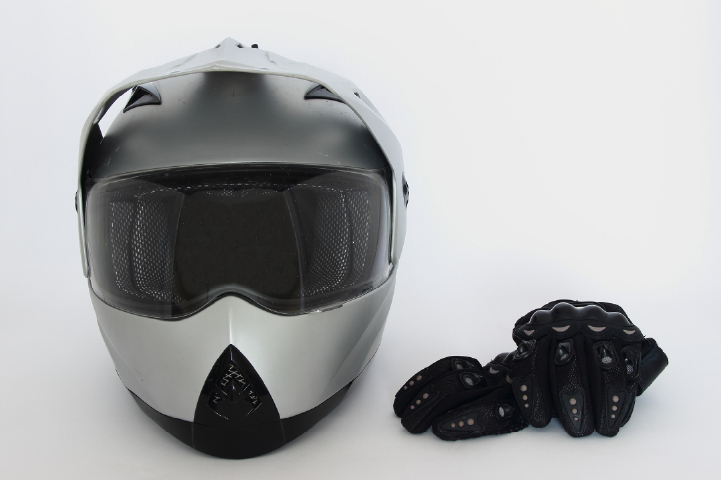 Motorcycle safety gear is non-negotiable and you should think of it as your personal protection system. You'll need an approved helmet (DOT, ECE, or Snell certified are common standards), a motorcycle jacket with armour in the shoulders, elbows, and back, gloves designed for riding, motorcycle pants with knee and hip armour, and sturdy, over-the-ankle boots. This isn't just about looking the part; it's about protecting yourself. Here in British Columbia, where weather can change quickly, good quality rain gear that fits over your riding clothes is also a smart investment.
Motorcycle safety gear is non-negotiable and you should think of it as your personal protection system. You'll need an approved helmet (DOT, ECE, or Snell certified are common standards), a motorcycle jacket with armour in the shoulders, elbows, and back, gloves designed for riding, motorcycle pants with knee and hip armour, and sturdy, over-the-ankle boots. This isn't just about looking the part; it's about protecting yourself. Here in British Columbia, where weather can change quickly, good quality rain gear that fits over your riding clothes is also a smart investment.
How do I choose my first motorcycle?
When picking your first bike, it's wise to start with something manageable. This usually means a motorcycle with a smaller engine displacement (e.g., 250 cubic centimetres to 650 cubic centimetres) and a lighter weight. Avoid jumping onto a powerful, heavy machine right away. Think about how you plan to use it: will it be for commuting, highway riding, or exploring rural routes? Most showrooms will allow you the opportunity to sit on several different models to test out the size; riders should be able to comfortably reach the ground and have their feet flat on the ground when stopped and easily reach all the controls. Many new riders find a good, used bike is an excellent starting point, as you won't be as concerned about minor cosmetic damage as you learn.
Some training schools and programs will provide a motorcycle for the entirety of the training so you can make sure riding is for you before you invest in a bike.
What are some basic safety tips for new riders?
Two big safety tips for new riders are to look where you want to go (your bike tends to follow your eyes) and to cover your brakes (keep a couple of fingers on the front brake lever and your foot poised over the rear brake pedal). Some other motorcycle safety tips are similar to those we give to car drivers: watch far ahead to anticipate traffic and potential hazards, and maintain a safe following distance from vehicles ahead – a good rule of thumb is at least a 2-second gap, increasing to 3 or 4 seconds in adverse conditions like rain, especially on busy routes like Highway 1. Lastly, make yourself as visible as possible: wear bright gear, keep your headlamp on, and consider adding reflective elements to your helmet or jacket.
Gaining Confidence: Questions from Intermediate Riders
How can I improve my cornering skills?
Improving cornering starts with your observations: look through the turn, towards the exit, and your body and bike will naturally follow. Practice smooth throttle control throughout the turn; this helps stabilize the bike. Learn and practice counter-steering, which is how you initiate turns on a motorcycle: push the right handlebar forward to turn right, and the left to turn left. Your body position can also help – leaning slightly into the turn can enhance stability and control. A good place to practice is a safe, controlled environment, like an empty parking lot, or a quiet, winding road in the Lower Mainland such as the back roads around Langley and Abbotsford.
What basic maintenance should I be doing regularly?
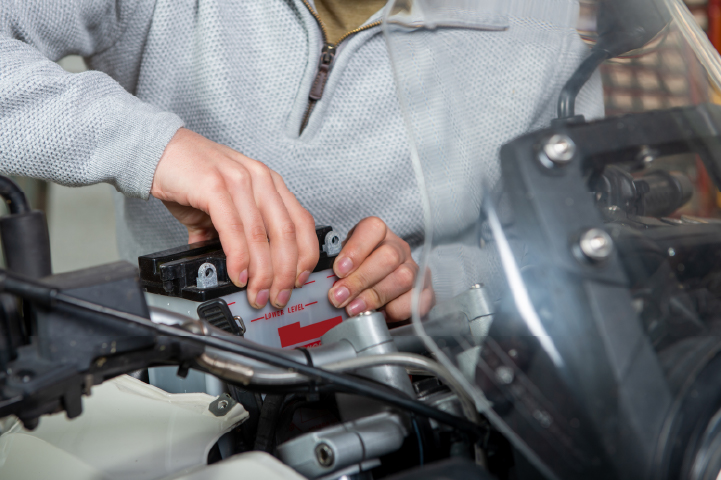 Regular basic maintenance is key to a reliable ride. Before every ride, you should perform a quick motorcycle pre-trip inspection, often remembered with the acronym T-CLOCS:
Regular basic maintenance is key to a reliable ride. Before every ride, you should perform a quick motorcycle pre-trip inspection, often remembered with the acronym T-CLOCS:
- Tires (pressure and condition)
- Controls (levers, pedals)
- Lights (all working)
- Oil (level)
- Chassis (nuts, bolts, frame)
- Stands (side stand, centre stand).
Beyond a pre-trip inspection, regularly lubricate and adjust the chain, if your bike has one, as per your owner's manual, and check the brake fluid and coolant levels. The owner's manual is your best friend for specific maintenance schedules and procedures.
How do I handle challenging weather conditions like rain or strong winds?
When the weather turns, riders should reduce their speed and increase their following distance. Aim to make all your inputs – braking, accelerating, steering – smoother and more gradual. In the rain, be extra cautious of painted lines, manhole covers, and large puddles, as these can be extremely slippery, and avoid sudden movements. For strong winds, particularly crosswinds which are common on open stretches like portions of Highway 1 between Abbotsford and Chilliwack and Hwy 99 between White Rock and Delta, relax your grip on the handlebars and allow the motorcycle to move slightly beneath you. Use your body to counter the wind's force, leaning into it slightly. Especially if you're riding through the Fraser Valley or BC’s coastal areas, prepare for the likelihood of sudden downpours and if conditions become too challenging or uncomfortable, don't hesitate to pull safely off the road or highway and wait for the weather to improve or find an alternative, less exposed route.
What should I carry on longer rides?
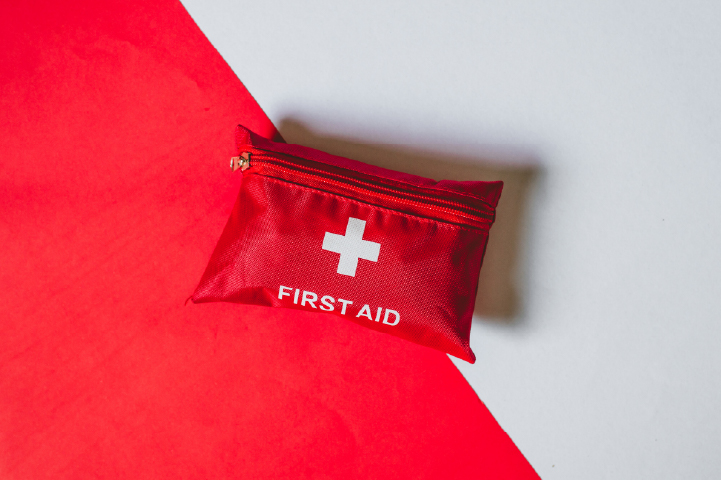 For multi-hour or multi-day rides, a few essentials can make a big difference. Always have a basic tool kit, a tire repair kit with a small air pump or CO2 cartridges, and a first-aid kit. You should also throw a small stash of water and some non-perishable snacks into your saddle bag. Your mobile phone - and a power bank - is crucial, but keep in mind it might not always have service in more remote areas. Depending on the season and route, a small emergency blanket, extra layers, and quality rain gear are also highly recommended. And, of course, carry your driver's licence, registration, and insurance documents.
For multi-hour or multi-day rides, a few essentials can make a big difference. Always have a basic tool kit, a tire repair kit with a small air pump or CO2 cartridges, and a first-aid kit. You should also throw a small stash of water and some non-perishable snacks into your saddle bag. Your mobile phone - and a power bank - is crucial, but keep in mind it might not always have service in more remote areas. Depending on the season and route, a small emergency blanket, extra layers, and quality rain gear are also highly recommended. And, of course, carry your driver's licence, registration, and insurance documents.
Mastering the Ride: Questions for Experienced Riders
What advanced riding techniques can enhance safety and control?
Even experienced riders benefit from continuous practice! Focusing on emergency braking techniques, specifically progressive braking (gradually increasing brake pressure to maximize stopping power without locking up the wheels), is vital. Regularly practice swerving to avoid obstacles; this is a skill that deteriorates without repetition. Understanding and avoiding target fixation – staring at a hazard you want to avoid, and inadvertently steering towards it – is also a technique to practice and hone. For those keen to optimize their ride, learning the basics of suspension setup (like adjusting preload or damping) can significantly improve handling and comfort. Consider taking an advanced riding course or one-on-one motorcycle training to get professional tips and techniques.
How do I best plan for a multi-day tour?
Planning for a multi-day tour involves more than just picking a destination. Start with route planning, considering road conditions, potential fuel stops, and interesting points along the way (online mapping tools and rider forums are great resources for finding routes through areas like the Okanagan or up to Whistler). Book your accommodation in advance, especially during peak season, and when packing, aim to be minimalist but prepared; only bring what you truly need. Good planning also includes ensuring your bike is in top mechanical condition before you depart, with fresh fluids, good tires, and a well-adjusted chain. A quick service appointment a week or two before a big trip can save you headaches while you’re on the road.
What are common signs that my motorcycle needs professional servicing beyond basic checks?
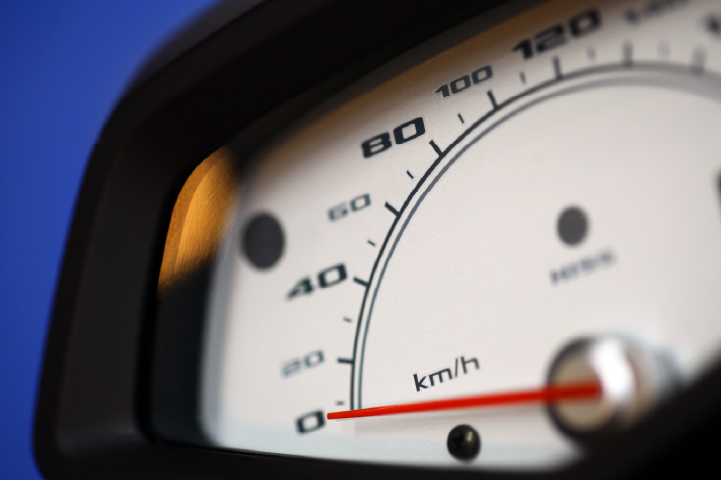 While your routine checks cover the basics, some issues warrant a trip to a professional mechanic. Pay attention to unusual noises (like grinding, clunking, or persistent squealing), any persistent warning lights on the dashboard, or significant fluid leaks. If you notice a substantial change in handling such as wobbles or difficulty holding a line, or braking feel like a spongy lever or reduced stopping power, get it checked immediately. Difficulty shifting gears, persistent engine misfires, or noticeable power loss are also strong indicators that your bike needs a professional eye to diagnose and repair.
While your routine checks cover the basics, some issues warrant a trip to a professional mechanic. Pay attention to unusual noises (like grinding, clunking, or persistent squealing), any persistent warning lights on the dashboard, or significant fluid leaks. If you notice a substantial change in handling such as wobbles or difficulty holding a line, or braking feel like a spongy lever or reduced stopping power, get it checked immediately. Difficulty shifting gears, persistent engine misfires, or noticeable power loss are also strong indicators that your bike needs a professional eye to diagnose and repair.
How can I stay sharp and avoid complacency after years of riding?
Complacency is a rider's quiet enemy, so work on staying sharp by continuing to practice your skills regularly like emergency braking, low-speed maneuvers, and hazard avoidance. Consider taking advanced riding courses or one-on-one sessions every few years; they offer new perspectives and refine existing skills. Riding with different groups or exploring new terrains (like gravel roads if you usually stick to pavement) can challenge you and broaden your abilities. Stay updated on the latest safety information and riding techniques, and above all, cultivate a mindset of continuous learning. There's always something new to discover or perfect on two wheels, ensuring every ride remains engaging and safe!
-
The world of motorcycling is a rich and rewarding one, full of freedom and discovery. No matter how many kilometres you've ridden, there's always more to learn and new experiences to be had. What's your top riding question, or best piece of advice you've received? Come visit our socials and share it there!
Looking for more riding inspiration or safety tips? Be sure to check out our other popular blogs, The Weekend Warrior: BC Motorcycle Getaways for adventure ideas, and Motorcycle Safety: Standing Out on the Road for essential visibility advice.
